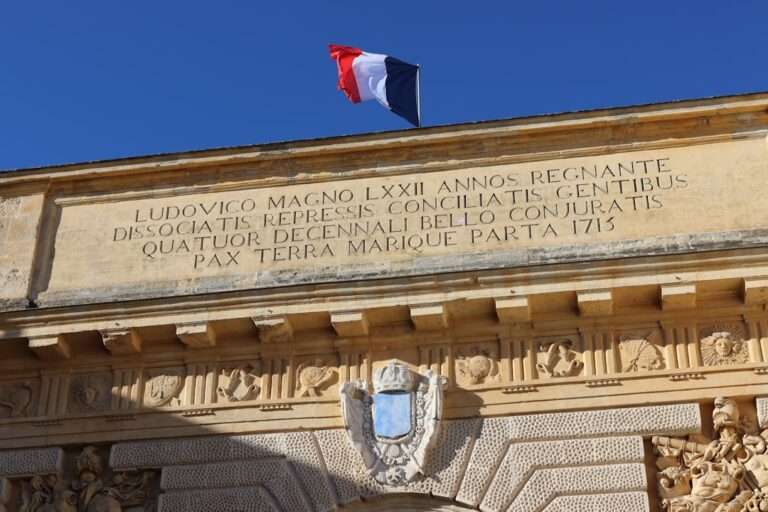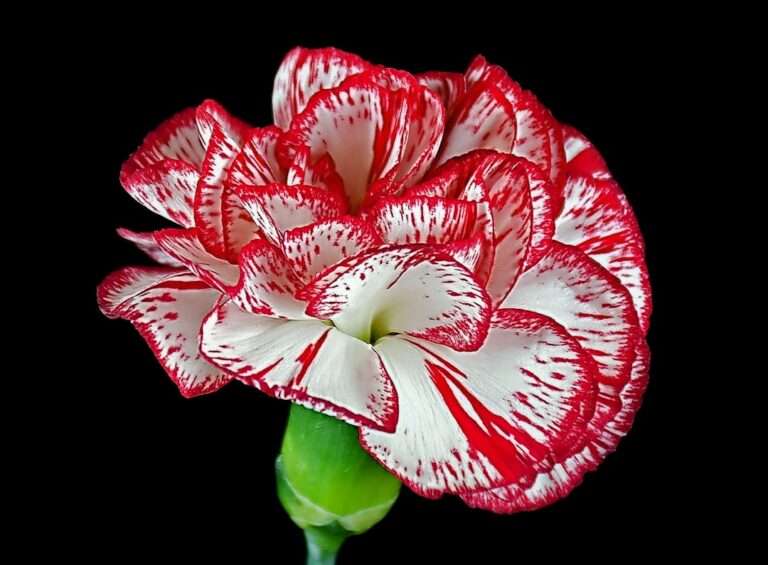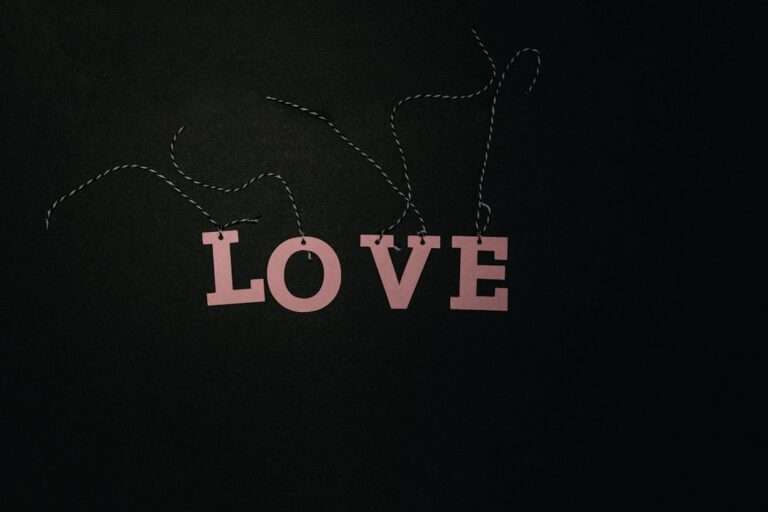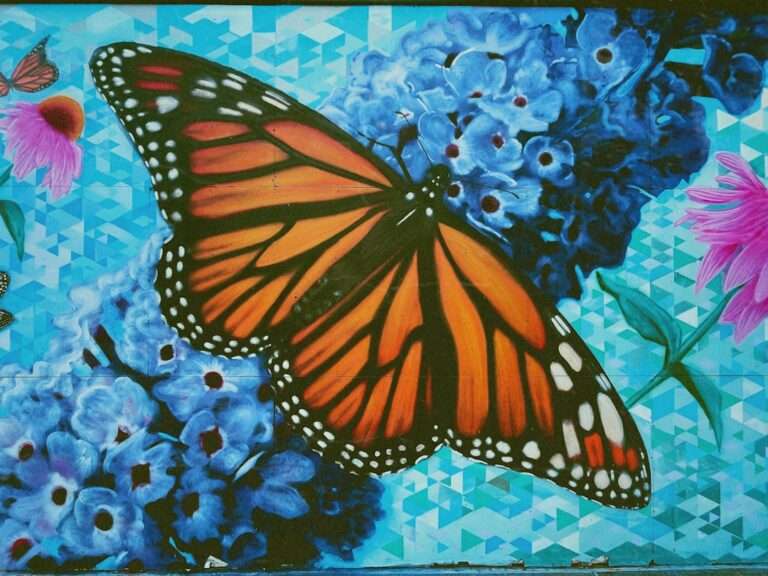What does the triskelion symbolize in ancient European cultures?

The triskelion, or triskele, is an ancient symbol dating back to the Neolithic era. Its name derives from the Greek “triskeles,” meaning “three-legged.” The symbol features three interconnected spirals or bent human legs radiating from a central point. Originating in the Mediterranean, particularly ancient Greece, it appeared on pottery, jewelry, and coins.
While its exact origins remain uncertain, the triskelion is associated with various ancient cultures, including the Celts, Greeks, and Etruscans. Scholars propose it may represent natural phenomena like celestial movements or symbolize concepts such as fertility, life, and rebirth. The symbol has persisted through time, adopted by different cultures with varying interpretations.
Archaeological evidence of the triskelion has been discovered across Europe, notably in Ireland, where it is linked to ancient Celtic culture. Its presence on stone carvings, burial mounds, and other artifacts suggests significant cultural and religious importance to the Celts. Consequently, the triskelion has become a recognized symbol of Celtic identity and heritage.
Key Takeaways
- The Triskelion symbol has its origins in ancient Greek and Sicilian cultures, where it was used as a representation of motion and progress.
- Different European cultures have interpreted the Triskelion in various ways, with the symbol being associated with concepts such as life, death, and rebirth.
- The Triskelion holds religious and spiritual significance in Celtic and Neolithic cultures, often representing the three realms of land, sea, and sky.
- The Triskelion has been widely used in art and architecture, appearing in ancient ruins, medieval manuscripts, and modern designs.
- In mythology and folklore, the Triskelion is often linked to powerful deities, cycles of life, and the interconnectedness of past, present, and future.
- Modern uses of the Triskelion symbol include its incorporation into jewelry, tattoos, and as a symbol of cultural identity for various groups.
- Controversies and misinterpretations surrounding the Triskelion symbol have arisen due to its use in different contexts and its association with various cultural and religious beliefs.
Interpretations of the Triskelion in Different European Cultures
The Celtic Interpretation
In Celtic culture, the triskelion is often associated with the concept of triplicity, representing the three realms of land, sea, and sky, as well as the three stages of life: birth, life, and death. It is also seen as a symbol of motion and progress, reflecting the cyclical nature of life and the interconnectedness of all things.
The Greek Connection
In Greek mythology, the triskelion is associated with various gods and goddesses, particularly with the goddess Hecate, who was often depicted with three faces or three bodies. Hecate was revered as a guardian of crossroads, magic, and the underworld, and the triskelion was believed to symbolize her triple nature as a maiden, mother, and crone. The symbol was also associated with the island of Sicily, where it was used as a symbol of protection and good fortune.
Norse Mythology and the Cosmic Order
In Norse mythology, the triskelion is associated with the Valknut, a symbol associated with the god Odin and the afterlife. The three interlocking triangles are believed to represent the interconnectedness of fate, death, and rebirth. The triskelion is also associated with the concept of Yggdrasil, the World Tree that connects the nine realms of Norse cosmology. As such, the triskelion is seen as a symbol of cosmic order and the cyclical nature of existence.
Religious and Spiritual Significance of the Triskelion

The triskelion symbol holds significant religious and spiritual significance for many cultures around the world. In Celtic spirituality, the triskelion is often associated with the concept of triple deities and represents the interconnectedness of earth, sea, and sky. It is also seen as a symbol of protection and spiritual growth, reflecting the cyclical nature of life and the eternal cycle of birth, life, and death.
In Greek mythology, the triskelion is associated with Hecate, a powerful goddess of magic and crossroads. Hecate was revered as a guardian of liminal spaces and was often invoked for protection and guidance during times of transition. The triskelion was believed to represent her triple nature as a goddess of the underworld, earth, and sky, as well as her role as a guide between worlds.
In modern Pagan and Wiccan traditions, the triskelion is often used as a symbol of spiritual growth and personal transformation. It is seen as a representation of the threefold nature of existence: body, mind, and spirit. The symbol is also associated with the concept of maiden, mother, and crone, reflecting the stages of a woman’s life and her connection to the cycles of nature.
Triskelion in Art and Architecture
The triskelion symbol has been widely used in art and architecture throughout history, particularly in ancient European civilizations. In ancient Greece, the triskelion was often depicted on pottery, coins, and jewelry, where it was used as a decorative motif to symbolize movement and progress. The symbol was also used in architectural designs, particularly in the construction of temples and sacred sites.
In Celtic art, the triskelion was often depicted on stone carvings, jewelry, and other artifacts. It was used as a powerful emblem of Celtic identity and was believed to hold protective properties. The triskelion was also used in architectural designs, particularly in the construction of burial mounds and other sacred sites.
In modern times, the triskelion continues to be used in art and architecture as a symbol of cultural identity and heritage. It is often incorporated into contemporary designs as a way to honor ancient traditions and connect with ancestral roots. The triskelion can be found in various forms of art, including paintings, sculptures, and jewelry, where it continues to inspire creativity and expression.
Triskelion in Mythology and Folklore
The triskelion symbol has been featured prominently in mythology and folklore throughout history. In Celtic mythology, the triskelion is often associated with various gods and goddesses, particularly with Brigid, the goddess of fire, poetry, and healing. The symbol is also associated with Manannán mac Lir, a sea deity who was believed to have control over the tides and was revered as a guardian of sailors.
In Greek mythology, the triskelion is associated with various gods and goddesses, particularly with Hecate, who was revered as a powerful goddess of magic and crossroads. The symbol was believed to represent her triple nature as a maiden, mother, and crone. It was also associated with the island of Sicily, where it was used as a symbol of protection and good fortune.
In Norse mythology, the triskelion is associated with various symbols and concepts related to fate, death, and rebirth. The symbol is often depicted alongside other Norse symbols such as the Valknut and Yggdrasil, reflecting its connection to cosmic order and the interconnectedness of all things.
Modern Uses of the Triskelion Symbol

Cultural Significance in Ireland
In Ireland, the triskelion is often used as a national symbol to represent Celtic traditions and values. It can be found on flags, emblems, and other national symbols as a way to honor ancient traditions and connect with ancestral roots.
Spiritual Significance in Pagan and Wiccan Traditions
In contemporary Pagan and Wiccan traditions, the triskelion is often used as a symbol of spiritual growth and personal transformation. It is seen as a representation of the threefold nature of existence: body, mind, and spirit. The symbol is also associated with the concept of maiden, mother, and crone, reflecting the stages of a woman’s life and her connection to the cycles of nature.
Influence on Art and Design
The triskelion is also used in various forms of art and design as a way to honor ancient traditions and connect with ancestral roots. It can be found in paintings, sculptures, jewelry, and other forms of creative expression where it continues to inspire creativity and cultural pride.
Controversies and Misinterpretations surrounding the Triskelion
Despite its rich history and cultural significance, the triskelion symbol has been subject to controversies and misinterpretations over time. In some cases, the symbol has been appropriated by extremist groups or used inappropriately without understanding its true cultural significance. This has led to misunderstandings about its meaning and has caused offense to those who hold it sacred.
Additionally, there have been debates about the true origins of the triskelion symbol and its significance in different cultures. Some scholars argue that its meaning has been lost or distorted over time due to cultural assimilation or misinterpretation. As such, there is ongoing research to uncover its true origins and significance in order to preserve its cultural heritage.
Despite these controversies, efforts are being made to educate people about the true meaning and significance of the triskelion symbol in order to promote cultural understanding and respect. Organizations dedicated to preserving Celtic traditions are working to raise awareness about its cultural significance while promoting its respectful use in contemporary society. By doing so, they hope to ensure that this ancient symbol continues to be honored for its rich history and cultural importance for generations to come.
FAQs
What is the triskelion symbol?
The triskelion is a motif consisting of three interlocked spirals or three bent human legs. It is a symbol that has been used in various ancient European cultures.
What does the triskelion symbolize?
The triskelion symbolizes various concepts such as motion, progress, and cycles. It is also associated with themes of personal growth, spiritual development, and the interconnectedness of the past, present, and future.
Where was the triskelion symbol used in ancient European cultures?
The triskelion symbol was used in various ancient European cultures, including but not limited to Celtic, Greek, and Sicilian societies. It has been found on artifacts, coins, and architectural elements in these cultures.
What are some modern interpretations of the triskelion symbol?
In modern times, the triskelion is often associated with concepts such as personal empowerment, progress, and the journey of life. It is also used as a decorative motif in jewelry, tattoos, and other forms of art and design.





